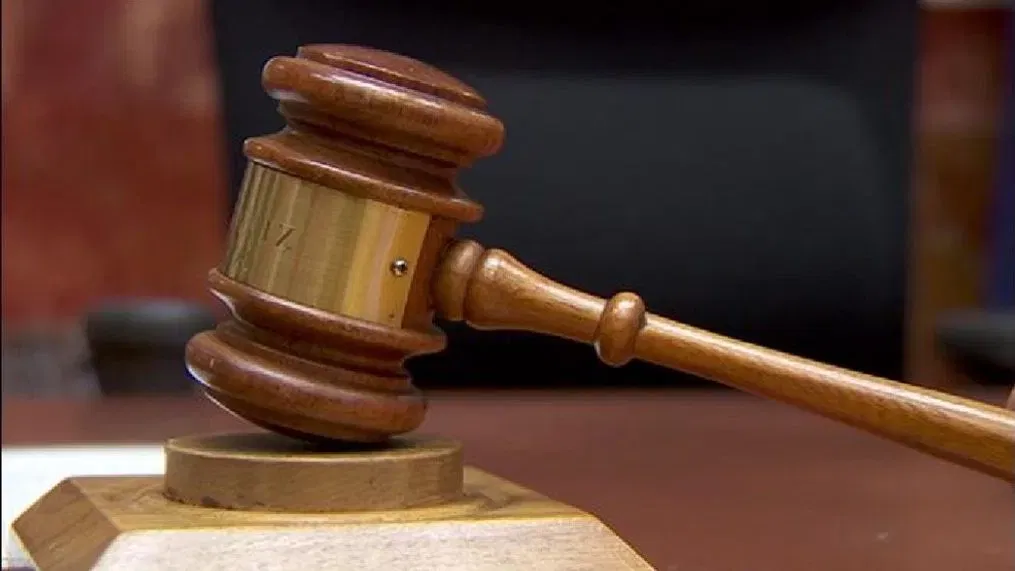(California Penal Code Sections 311, 311.5, 311.9)
California, like many other states, has specific laws governing the production, distribution, and possession of pornography. These regulations aim to balance free speech rights with the need to protect individuals from exploitation and harm. Below, we delve into key aspects of California’s pornography laws.
1. Obscenity Laws in California
California prohibits the production, distribution, and exhibition of obscene material. The determination of obscenity is based on the Miller test, which considers whether the average person, applying contemporary community standards, would find the material appeals to prurient interests, is patently offensive, and lacks serious literary, artistic, political, or scientific value.
2. Child Pornography Laws
Possession, production, and distribution of child pornography are serious offenses under California law. Individuals engaging in such activities can face severe criminal penalties, as the state is committed to protecting minors from exploitation.
3. Age Verification Requirements
California has stringent age verification requirements for individuals participating in the adult entertainment industry. Performers must provide proof of being at least 18 years old, and producers are obligated to maintain records documenting performers’ ages.
4. Prostitution and Pornography
While California allows the production and distribution of adult films, the state prohibits the exchange of sex acts for money on film sets. This distinction aims to prevent the exploitation of individuals involved in the adult entertainment industry.
5. Consenting Adults and Private Possession
California recognizes the right of consenting adults to produce and possess pornography for personal use. However, this does not absolve individuals from adhering to laws regulating the production and distribution of explicit materials involving adults.
6. Online Distribution and Compliance
With the prevalence of online distribution, California has adapted its laws to address digital platforms. Producers and distributors of adult content must comply with regulations applicable to both physical and digital mediums.
7. First Amendment Considerations
While regulating explicit content, California strives to uphold First Amendment rights. The state carefully navigates the balance between protecting public welfare and preserving freedom of expression.
Conclusion
California’s pornography laws reflect a complex interplay between safeguarding individuals from harm, particularly minors, and respecting the constitutional rights of free speech. Understanding these regulations is crucial for individuals and businesses operating within the adult entertainment industry in the state.

